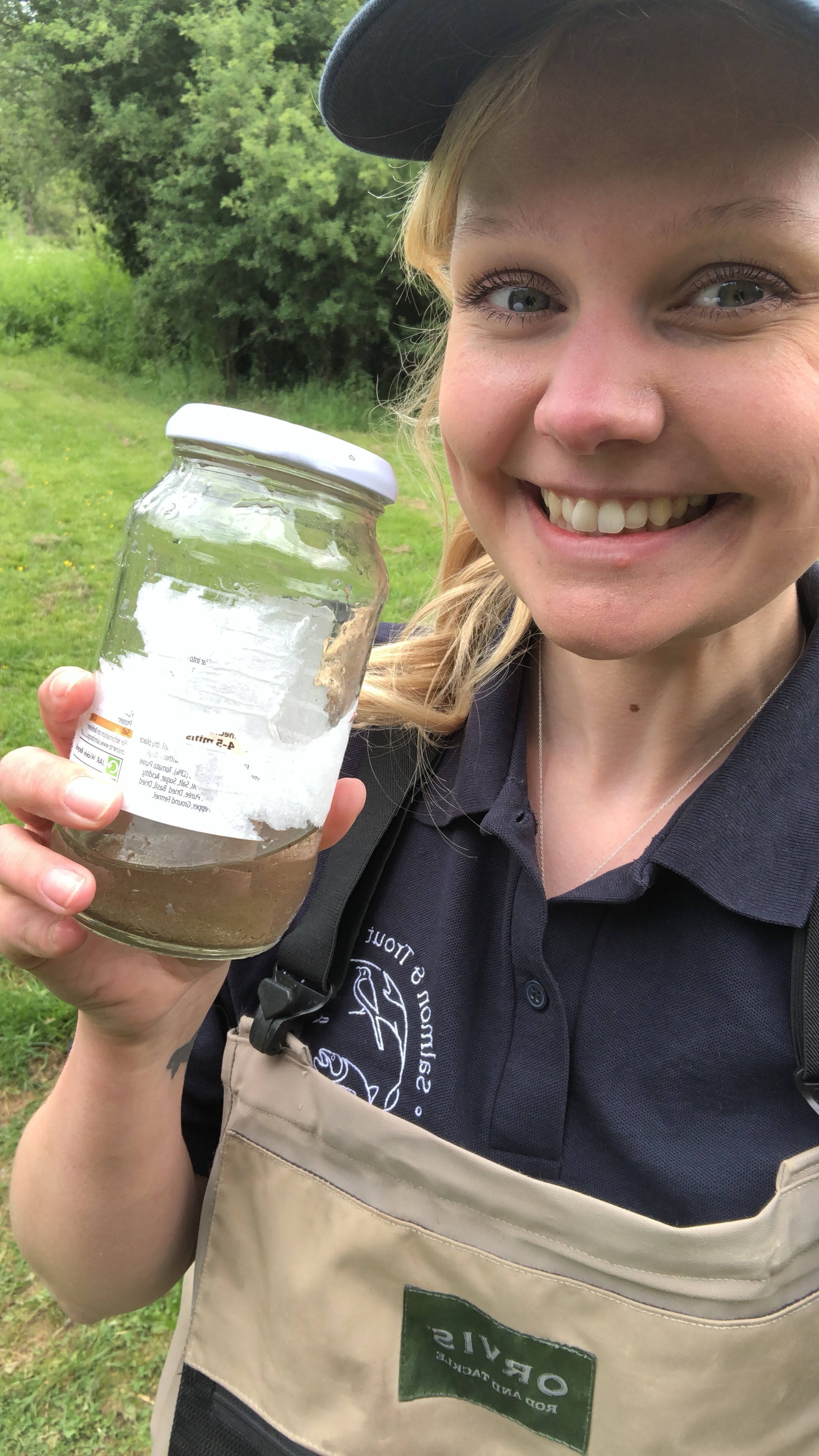June 2019
Where it all began - the Riverfly Census
Media headlines are often giving mixed messages and many people are judging river health on the back of romanticised anecdotes. It is not uncommon that within the same week we can be told ‘our rivers have never been cleaner’, yet ‘freshwater biodiversity is at an all time low‘. Now, there may be truth in both of these statements but the reality is, without a strong data baseline it is extremely difficult to pinpoint exact pressures or confidently measure improvement in our waters. Currently, defining biological differences between the past and present is tricky, with data being sparse and inconsistencies in both sampling technique and frequency.
At S&TC we decided we did not want to be facing the same uncertainties again in the future, so we commissioned the Riverfly Census; a three year, 12 river survey completed by a professional entomologist, where aquatic invertebrates were collected and analysed to species-level. The species lists were plugged into special biological calculators, which generated scores against various river pressures. After analysing 34,000 organisms from more than 480 macroinvertebrate taxa, three main pressures were consistently indicated in our survey rivers; chemicals, sediment and phosphorus.
The Riverfly Census highlighted missing pieces in the water management ‘puzzle’ and emphasised where effort should be made by decision makers to achieve the greatest improvement in water quality nationally. We generated 8 policy steps based on our data, ranging from giving chalkstreams their own classification targets within Water Framework Directive (WFD) to a review of discharge permit guidance that takes into account legacy and cumulative impacts of chemicals on biota. But, this was just part of the value - we also made all our Riverfly Census findings available to inform local management and drive action.
SmartRivers - Giving the Riverfly Census methodology to the people
One of the greatest benefits of the Riverfly Census was that the data added value and supported parties at both ends of the water management spectrum, from local to national. We saw this potential and decided we wanted to apply the Riverfly Census methodology to more river systems, but knew we couldn’t achieve the desired regional spread and complete all the analysis alone. It was clear that volunteers were the solution, so we began to build SmartRivers, a scheme enabling volunteers to monitor water quality in their rivers to a near professional standard, through sampling and identification of river invertebrates to species-level.
However, using citizen science to trigger action and shape policy introduces a whole suite of problems. To make SmartRivers data truly usable for lobbying and accepted by regulators, we had to address various concerns about data confidence and sampling error. As a result, SmartRivers includes a robust quality control assessment system, in-depth training and a strong support network. The high resolution nature and quality control of the data gives locals a voice that is taken seriously, whilst giving regulators a resource that has the power to inform management priorities. All with the added benefit of saving resources and spreading education by using volunteers.
Going the extra mile and extending the monitoring toolkit is more important than ever, as the human population grows and money available for the environment continues to decrease. We are only just beginning to understand many of the more subtle, invisible sublethal pressures our rivers are experiencing and without the combination of robust science and a network of eyes on the ground, progress in understanding and addressing these problems will be slow and potentially ineffective. We believe SmartRivers will begin to address this need and we are very excited to kick off the project with our pilot hubs.
Read the national Riverfly Census report here.
To learn more and take part in SmartRivers please click here.
Lauren Mattingley, Science Officer, Salmon & Trout Conservation
Follow @SalmonTroutCons
The opinions expressed in this blog are the author's and not necessarily those of the wider Link membership.




Latest Blog Posts